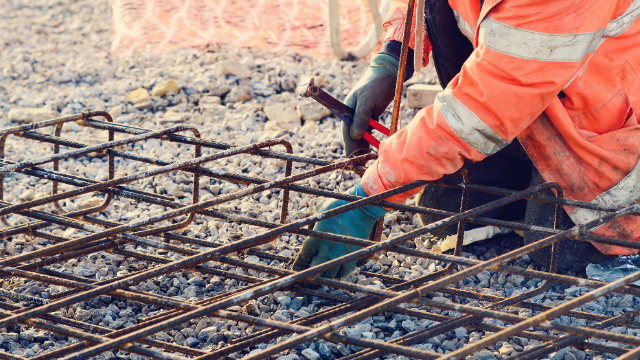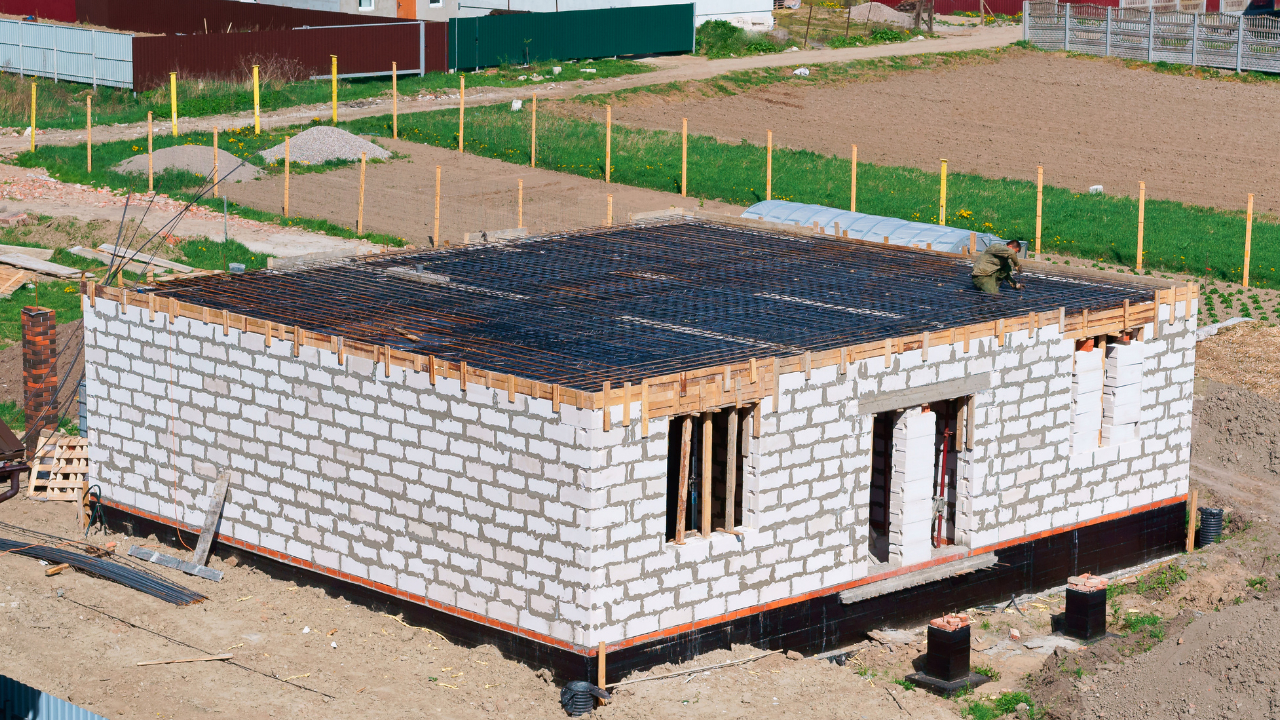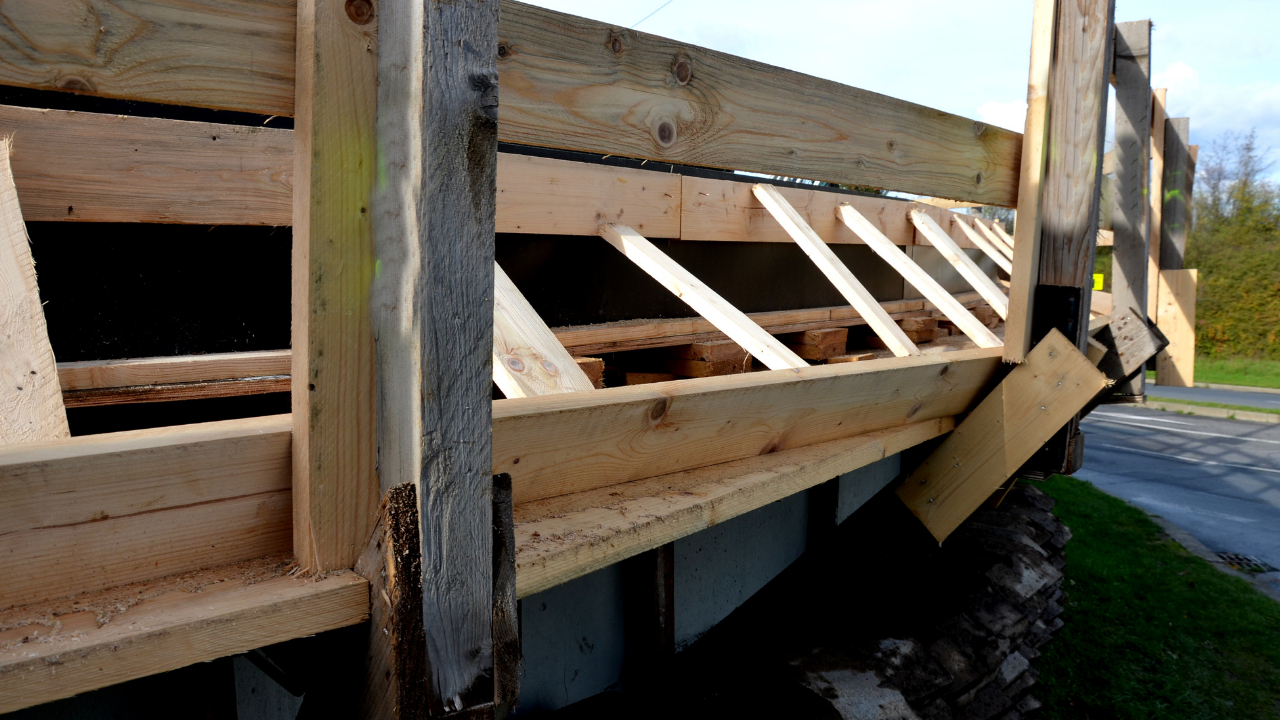When The Ground Shakes: Slab Foundations & Seismic Waves
If you’re living in an earthquake-prone zone or are just curious about the architectural marvels that keep buildings standing during tremors, understanding the role of slab foundations is essential. Here’s a simple, straightforward breakdown of how these foundations interact with those terrifying shakes.
What is a Slab Foundation?
A slab foundation, in layman’s terms, is a thick, flat piece of concrete that serves as the base for a building. It’s like the footprint of a house or building, setting the stage for everything that’s built on top.
How Earthquakes Affect Buildings
When earthquakes hit, they produce seismic waves that shake the ground. The more intense the quake, the stronger these waves are. Buildings without the right foundations can move, crack, or even collapse under this force.
Slab Foundations & Vertical Forces
Slab foundations have a natural advantage when it comes to resisting vertical (up and down) forces. Thanks to their solid, uniform design, they distribute the weight of the building evenly. This uniformity means that when seismic waves push up, the foundation pushes back with equal force, keeping things stable.
Challenges with Lateral Forces
However, the story changes a bit with lateral (side-to-side) forces. When an earthquake produces strong lateral movements, slab foundations can sometimes struggle. This is because they are designed more for stability than flexibility.
Factors Influencing Slab Foundation Response
- Thickness of the Foundation: A thicker slab can provide more resistance to seismic forces.
- Quality of Concrete: Not all concrete mixes are the same. High-quality concrete can better resist cracking and breaking.
- Presence of Reinforcement: Steel bars or meshes in the foundation can dramatically improve its strength and flexibility during shakes.
Ensuring a Safe Slab Foundation
If you’re building or renovating in a seismic region, here are some steps to ensure your slab foundation is up to the task:
- Consult with Experts: Always get advice from professionals familiar with the local geological conditions.
- Use Quality Materials: This is not the place to cut corners. Ensure high-quality concrete and reinforcements are used.
- Regular Inspections: Over time, foundations can develop issues. Regular checks can identify and address any weaknesses.
Conclusion
Earthquakes are forces of nature that humans have learned to adapt to. Slab foundations play a pivotal role in keeping our structures stable during these shakes. By understanding their strengths and weaknesses, we can better prepare our homes and buildings for the unpredictable might of Mother Nature.
Sourse: itishouse.com





